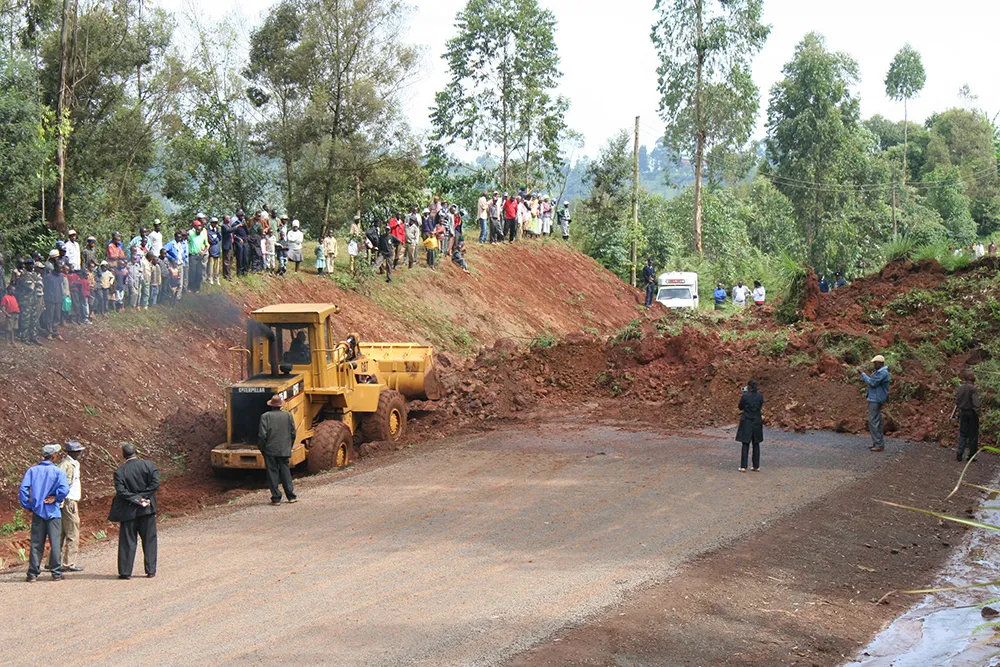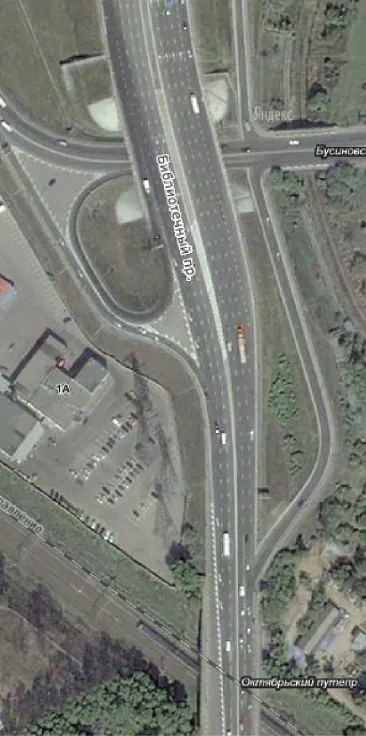Construction work on the Central Section of Russia’s Western High-Speed Diameter (WHSD) in St Petersburg is complete, with some small detail work now being finished off. The WHSD connects the Southern, Central and Northern sections of St Petersburg and will open to traffic at the end of December. VTB Capital was a key participant in funding the construction of the Central Section and is a major shareholder in the consortium that will operate the entire WHSD route.
December 5, 2016
Read time: 3 mins
Construction work on the Central Section of Russia’s Western High-Speed Diameter (WHSD) in St Petersburg is complete, with some small detail work now being finished off. The WHSD connects the Southern, Central and Northern sections of St Petersburg and will open to traffic at the end of December. VTB Capital was a key participant in funding the construction of the Central Section and is a major shareholder in the consortium that will operate the entire WHSD route.
Vladimir Putin, the president of Russian Federation, took part in the opening ceremony. It was also attended by president and chairman of the management board of VTB Bank Andrey Kostin; plenipotentiary envoy to the Northwestern Federal District Nikolay Tsukanov; the governor of Saint Petersburg Georgy Poltavchenko; deputy minister of Transport of Russia Nikolai Asaul, and head of the Russian Federal Road Transport Agency Roman Starovoit.
The construction of the Central Part of the WHSD and the operation of the highway falls under the Northern Capital Highway private-public partnership. Northern Capital Highway is a consortium consisting of VTB Capital as the majority shareholder, alongside OJSC Gazprombank and others. Investment into the project totalled more than RUB 120 billion.
The WHSD will cut congestion and journey times for drivers in the city. It will relieve the existing highways of the city by managing the traffic through diversion of freight transportation from the seaport of St Petersburg directly to federal highways. It creates an easy two-way access between Pulkovo airport and the business centre of the city.
Andrey Kostin, president and chairman of the Management Board of VTB Group said, “The WHSD is one of the largest and most technologically advanced PPP toll-road projects in Russia and the world. The highway will achieve major infrastructure goals for St Petersburg and will be a key part of the federal transport system.”
“The Western High-Speed Diameter” is the first inter-city toll highway in Russia. The highway is 46km long and consists of three parts connecting the Northern, Central and Southern parts of St Petersburg. The opening of the Central Part of WHSD spanning over 12km will make an entire highway operational.
Northern Capital Highway, an infrastructure consortium including VTB Capital and OJSC Gazprombank is implementing a private-public partnership with the city of Saint-Petersburg. According to the agreement, the company is exercising the functions of financing and construction of the Central Part of the Western High-Speed Diameter. A signed loan agreement with a syndicate of banks including VTB Capital, Gazprombank, the State Corporation Bank for Development and Foreign Economic Affairs (Vnesheconombank), the European Bank for Reconstruction and Development (EBRD) and the Eurasian Development Bank (EDB). Northern Capital Highway has received the operating rights for the entire WHSD.
Vladimir Putin, the president of Russian Federation, took part in the opening ceremony. It was also attended by president and chairman of the management board of VTB Bank Andrey Kostin; plenipotentiary envoy to the Northwestern Federal District Nikolay Tsukanov; the governor of Saint Petersburg Georgy Poltavchenko; deputy minister of Transport of Russia Nikolai Asaul, and head of the Russian Federal Road Transport Agency Roman Starovoit.
The construction of the Central Part of the WHSD and the operation of the highway falls under the Northern Capital Highway private-public partnership. Northern Capital Highway is a consortium consisting of VTB Capital as the majority shareholder, alongside OJSC Gazprombank and others. Investment into the project totalled more than RUB 120 billion.
The WHSD will cut congestion and journey times for drivers in the city. It will relieve the existing highways of the city by managing the traffic through diversion of freight transportation from the seaport of St Petersburg directly to federal highways. It creates an easy two-way access between Pulkovo airport and the business centre of the city.
Andrey Kostin, president and chairman of the Management Board of VTB Group said, “The WHSD is one of the largest and most technologically advanced PPP toll-road projects in Russia and the world. The highway will achieve major infrastructure goals for St Petersburg and will be a key part of the federal transport system.”
“The Western High-Speed Diameter” is the first inter-city toll highway in Russia. The highway is 46km long and consists of three parts connecting the Northern, Central and Southern parts of St Petersburg. The opening of the Central Part of WHSD spanning over 12km will make an entire highway operational.
Northern Capital Highway, an infrastructure consortium including VTB Capital and OJSC Gazprombank is implementing a private-public partnership with the city of Saint-Petersburg. According to the agreement, the company is exercising the functions of financing and construction of the Central Part of the Western High-Speed Diameter. A signed loan agreement with a syndicate of banks including VTB Capital, Gazprombank, the State Corporation Bank for Development and Foreign Economic Affairs (Vnesheconombank), the European Bank for Reconstruction and Development (EBRD) and the Eurasian Development Bank (EDB). Northern Capital Highway has received the operating rights for the entire WHSD.








